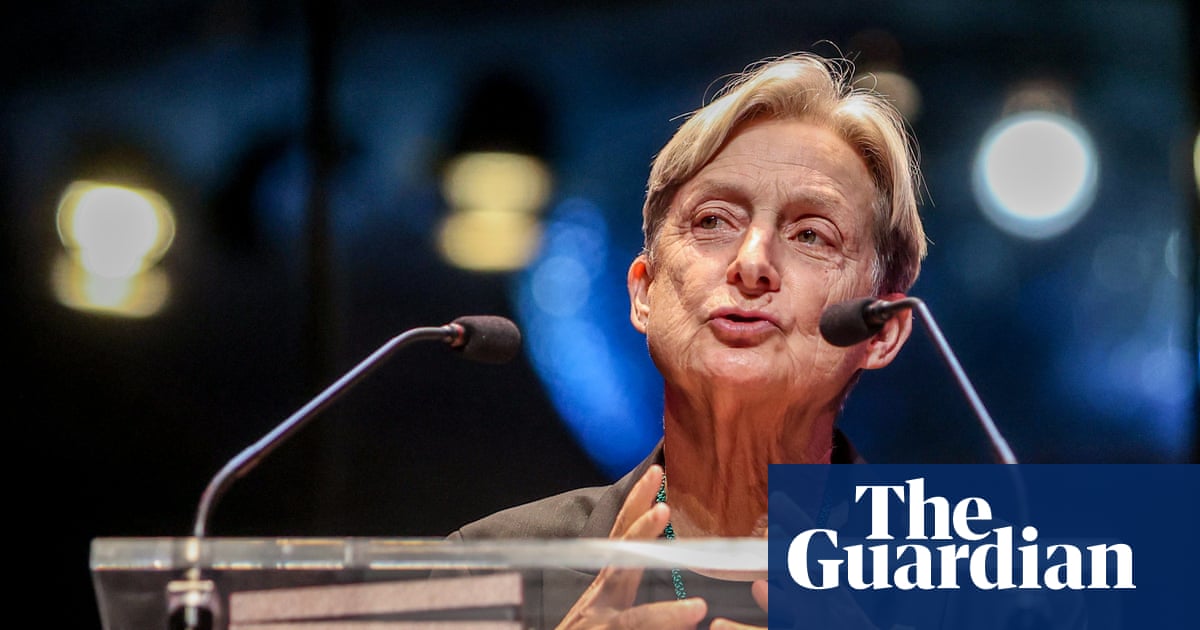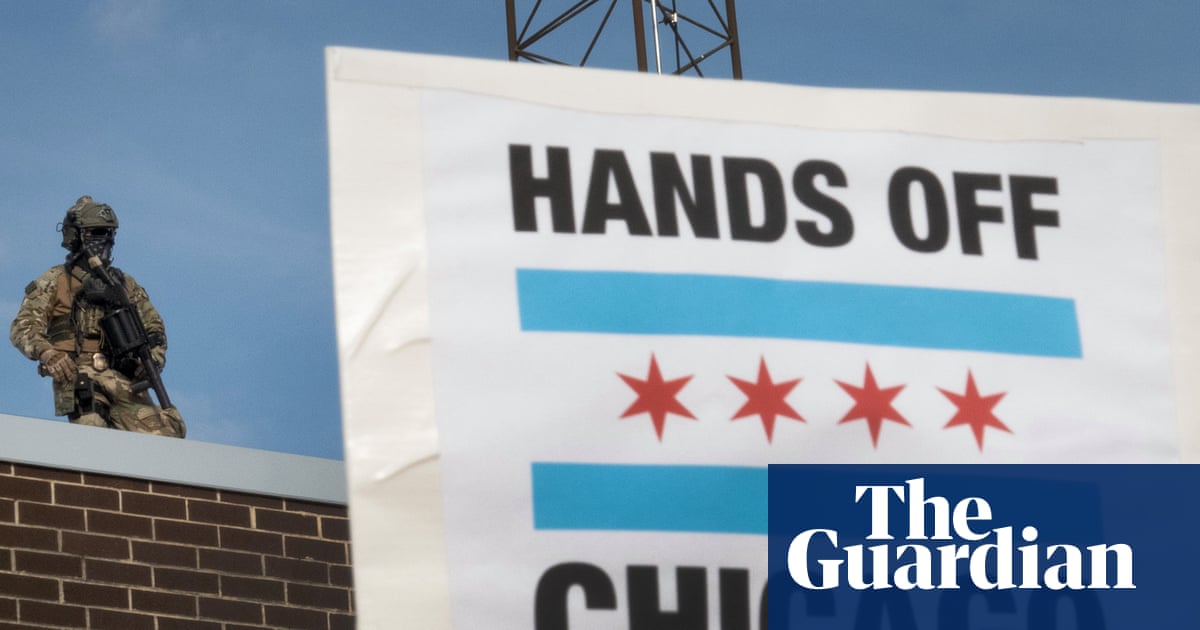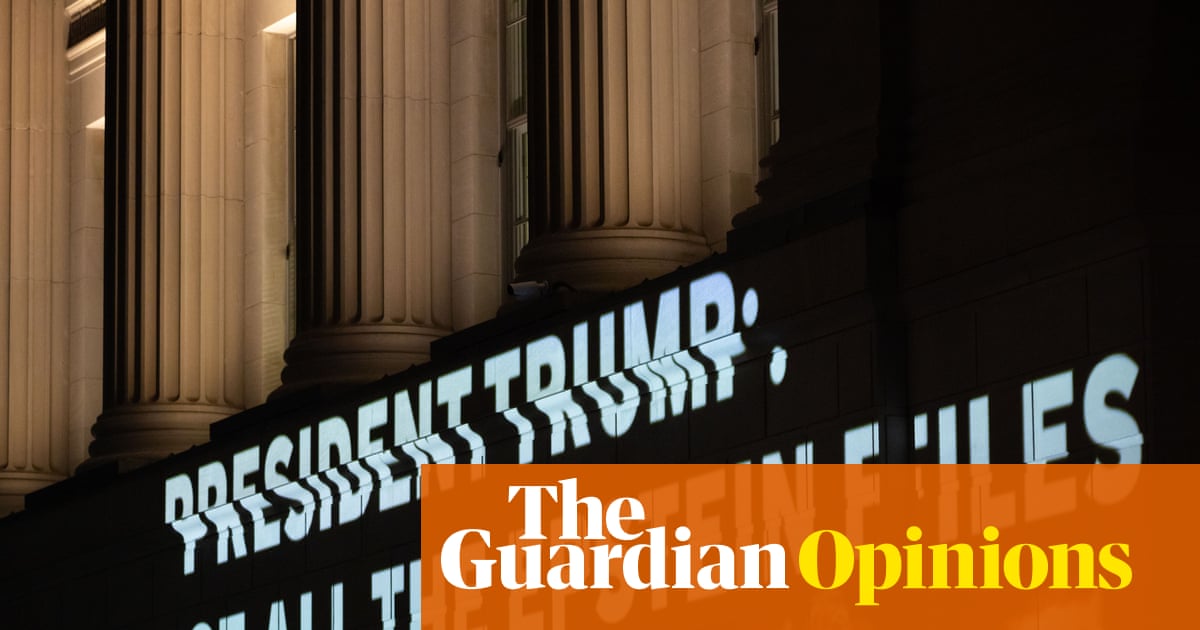In 2018, a teaching hospital at Harvard took down 30 portraits of distinguished doctors and researchers affiliated with the hospital. The portraits reinforced a perception that “white men are in charge”, a professor of medicine told the Boston Globe, and were relegated to less prominent areas of the hospital. Some students and faculty welcomed the decision, or were indifferent.
Others were disconcerted. They saw the portraits’ removal as the impulsive reflex of a university whose political atmosphere, already liberal leaning, seemed to continually lurch further left.
In the years following, a series of fierce political winds – the #MeToo and Black Lives Matter movements; expanding diversity, equity, and inclusion programs; the Israel-Gaza war – buffeted Harvard, and each gale seemed to strengthen progressivism’s hold on campus. Harvard began asking academic job applicants to file statements describing their commitment to “diversity, equity, inclusion and belonging” in higher education. Opponents criticized the statements as political litmus tests.
“Over the last couple of decades, at Harvard and other elite institutions of higher ed, there has been kind of an ideological intensification in one direction,” said Jeffrey Flier, the former dean of the Harvard medical school faculty and a well-known critic of what he describes as leftwing conformity in academia. That ideological intensification is most pronounced in humanities and social science fields, he said, where “it’s quite a dominant reality”.
Yet now – with a few years of distance from the ideological tumult that began around 2011, which some critics and observers dubbed “the great awokening” – the situation feels very different. The Trump administration is pursuing an unprecedented pressure campaign on Harvard, on the grounds that it discriminates against white people and tolerates antisemitism. The university’s federal funding is in question, as is its ability to enroll foreign students and make basic decisions about its own management. While many faculty and students at Harvard may still affiliate with the left, their power and influence feel pale in comparison with just a short time ago.
The irony of Trump’s attack is that Harvard and other universities – keen to appease critics who have accused them in recent years of liberal bias, tolerating antisemitism and being too soft on disruptive student activists – were already angling for an ideological re-alignment. As a result, these universities are now in an odd and paradoxical situation: trying to resist the Trump administration’s project of ideological subjugation while at the same time quietly continuing their efforts to sand down their leftwing edges.
It’s a tricky dance, and it may not satisfy the Trumpist right. The problem is that “in general, Harvard needs the government much more than the government needs Harvard”, the political scientist Harvey Mansfield, who retired from teaching two years ago, said. Mansfield was for decades Harvard’s best-known conservative.
“The Trump administration,” Mansfield added, “has been rather creative in finding ways to torture its victim.” Harvard receives some $9bn in federal funding that is frozen or under review.
In contrast to Columbia, which quickly capitulated to the government’s demands, including that the university take over control of an academic department from its faculty, Harvard has tried to remain unbowed. It has sued the government, arguing that the Trump administration’s actions threaten Harvard’s academic freedom and violate federal procedures.
Among other things, the Trump administration has demanded that Harvard cease all race- and gender-based affirmative action in hiring and admissions; take measures to screen out foreign students “hostile to American values”; “shutter” all DEI programs; and end recognition of several pro-Palestinian campus groups that the Trump administration has accused of antisemitism.
The administration’s attacks on universities have often emphasized the idea that they are centers of leftwing indoctrination. While it may or may not be the case that universities are incubators of a “woke-mind virus”, as Elon Musk and others have suggested, studies of the political makeup of the American professoriate do support the idea that it is disproportionately left-leaning.
A 2016 study of voter affiliation at “40 leading US universities” found that in humanities and social science fields, such as history, economics, journalism and psychology, professors who were registered Democrats outnumbered registered Republicans by almost 12 to one. A 2022 survey by the Harvard Crimson found that 80% of faculty there identified as “liberal” or “very liberal”; only 1% identified as “conservative”, and none as “very conservative”.
In a letter last month to the US Department of Education, Harvard’s president, Alan Garber, objected to the “claim that Harvard is a partisan institution”. Yet he also acknowledged a “need for greater intellectual diversity on campus” and indicated, without elaborating, that the university was taking “initiatives to make Harvard a more pluralistic and welcoming place”.
Last year, before Trump was again elected president, Harvard already appeared to be trying to change course. The school’s Faculty of Arts and Sciences announced that instead of “diversity statements”, applicants would submit statements on their “efforts to strengthen academic communities”. The university also convened a working group to study “open inquiry” on campus. The group’s report, released last October, found that 45% of students and 51% of teaching faculty were reluctant to discuss charged topics in class.
More recently, in the face of Trump administration pressure, Harvard and other universities have walked back DEI efforts. Harvard recently renamed its diversity office the “office for community and campus life” and said that it would no longer fund “affinity celebrations”, which are optional graduation events for identity-based groups, after the federal government said it would cut funding because of them.
Harvard’s most aggressive moves, however, have been its efforts to suppress sentiment viewed as being anti-Israel.
In January, following a legal settlement with a group of students who accused the university of tolerating antisemitism, Harvard adopted the International Holocaust Remembrance Alliance’s (IHRA) definition of antisemitism, despite opposition by people – including the author of the definition – who argue it is too easily used against critics of Israel. In March, the university dismissed the leaders of the school’s Center for Middle Eastern Studies as well as suspended the Harvard Divinity School’s “Religion, Conflict, and Peace” Initiative. Critics had accused both of promoting one-sided views of the Arab-Israeli conflict.
Other colleges and universities have taken similar tacks. Last year, Muhlenberg college, in Pennsylvania, fired Maura Finkelstein, an anthropologist known for her stridently anti-Zionist views, on the grounds that her perspective discriminated against Jewish and Israeli students. Universities broadly have taken restrictive measures to prevent a resurgence of widespread pro-Palestinian protests.
The Atlantic recently speculated that Harvard and other universities, spurred by the political climate, may engage in a kind of “affirmative action” for conservatives. Johns Hopkins announced a project this April, in collaboration with the right-of-center American Enterprise Institute, to “increase heterodox faculty across the university”.
It is unclear if academia’s efforts to move right will make much difference. When it comes to higher education, the Trumpian right has not generally seemed forgiving of the ideological indulgences of the recent past. Despite Columbia’s capitulation and Harvard’s concessions, the government has not shown many signs that it is going to moderate its aggression. The University of Florida recently un-hired Santa Ono, an academic who was formerly the president of the University of Michigan, because conservatives disapproved of his past support for diversity efforts. Ono’s efforts to distance himself from his own decisions made no difference.
Reforms and compromises may not be enough to satisfy officials whose ultimate goal may look less like reform and more like retribution.

 3 months ago
45
3 months ago
45

















































